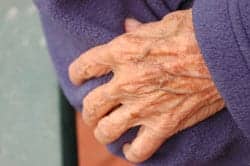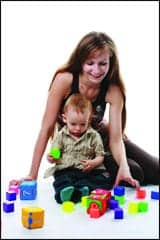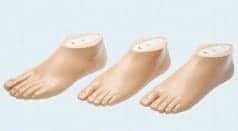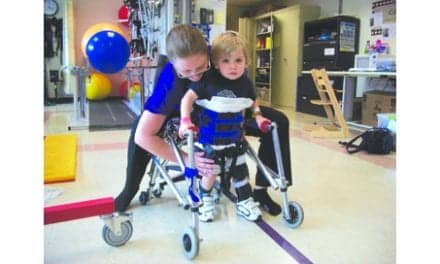
To address this, the researchers call for the design of safer environments, improved procedures to detect possible brain injuries among patients who have fallen, and encourage upper-extremity limb exercises. The study results appear in the Canadian Medical Association Journal. According to a release from the university, the research was led by Stephen Robinovitch, professor of Biomedical Physiology and Kinesiology (BPK) at SFU.
Co-authors include Rebecca Schonnop, medical student at UBC, and Yijian Yang, a BPK PhD student. The release notes that Robinovitch and his team head up the Technology for Injury Prevention in Seniors (TIPS), a Canadian Institutes for Health Research (CIHR) funded program intended to unite experts on aging and mobility research to utilize and develop new technologies.
Robinovitch points out that previous studies have also indicated a growing increase in falls among older adults, particularly in patients older than 80 years of age. He goes on to designate the findings as, “a rising trend that is poorly understood,” citing falls as the number-one cause of injury and among the top 10 causes of death among older adults in Canada. The team’s previous research centered on falls in older adults appeared in The Lancet, October 2012.
The university emphasizes that its fall-related research targets improvement in fall prevention strategies; it aims to impact the design of assistive devices such as wheelchairs or walkers, the planning of care facilities including the use of a compliant sublayer to flooring to cushion impact but not impair balance, and promoting the benefits of exercise.
[Source: Simon Fraser University]





